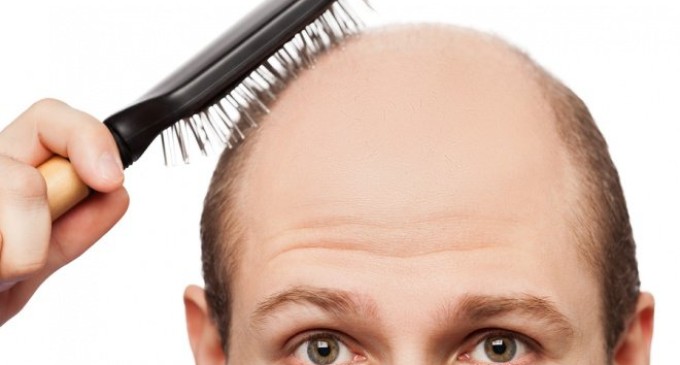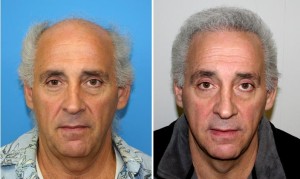Is Hair Transplantation Surgery Safe?

Hair transplants, once viewed as a last resort, are rapidly increasing in popularity thanks to the effectiveness of the successful process known as follicular unit transplantation (FUT). In fact, the number of hair transplants in the US jumped almost 30% between 2012 and 2014.
Hair transplants originally utilized a method called “strip harvesting” that is similar to a skin graft. Strip harvesting is easier and quicker for doctors, but is far less effective than FUT.
Follicular unit transplantation is a time-consuming, minimally invasive surgical procedure that involves the painstaking relocation of thousands of individual hair follicles from a “donor site” to the bald area scalp. The donor site is an area of the body that resists balding, such as the back or sides of the head.
 Hair transplantation is an effective treatment for androgenetic alopecia (male pattern baldness) and can also be used to restore eyebrows, eyelashes, chest hair, beard hair, and even pubic hair. Today’s advanced techniques can effectively mimic the natural look of hair IF you find a good doctor.
Hair transplantation is an effective treatment for androgenetic alopecia (male pattern baldness) and can also be used to restore eyebrows, eyelashes, chest hair, beard hair, and even pubic hair. Today’s advanced techniques can effectively mimic the natural look of hair IF you find a good doctor.
“One of the main problems in the field right now is that it’s exploding at such a fast pace. And unfortunately, there are lots of unlicensed health practitioners performing this procedure and people are not getting the results they should,” explains Dr. Marc Dauer of Dauer Hair Restoration in LA. “I can’t emphasize how super important it is to choose a licensed practitioner who has a lot of experience in this field.”
When it comes to the actual procedure, side effects are minimal. There is always the possibility of improper healing or infection, but it’s rare.
Dr. Dauer explains that the biggest risk is over-harvesting. If a doctor takes too much hair from the donor site, you might end up with more bald patches than you had before. “Then there’s the risk of poor harvesting, which involves injuring a number of follicles that never end up growing because they were harvested improperly. You end up killing not only the follicles from where they came from, but then there’s no good hair for the transfer, either.”
In most cases, patients start to see regrowth about 12 weeks after surgery. “On average, you’ll see about 50% of the results around six months after the surgery and the full result happens around 12 to 15 months,” says Dr. Dauer.
Click here to find board certified hair restoration doctors in your area.










